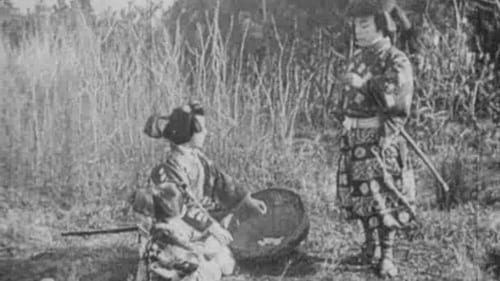Matsunosuke Onoe
출생 : 1875-09-12, Okayama, Japan
사망 : 1926-09-11
약력
Matsunosuke Onoe sometimes known as Medama no Matchan ("Eyeballs" Matsu), was a Japanese actor. His birth name is Tsuruzo Nakamura.[1] He is sometimes credited as Yukio Koki, Tamijaku Onoe, or Tsunusaburo Onoe, and as a kabuki artist he went by the name Tsurusaburo Onoe. He gained great popularity, appearing in over 1000 films, and has been called the first superstar of Japanese cinema.



